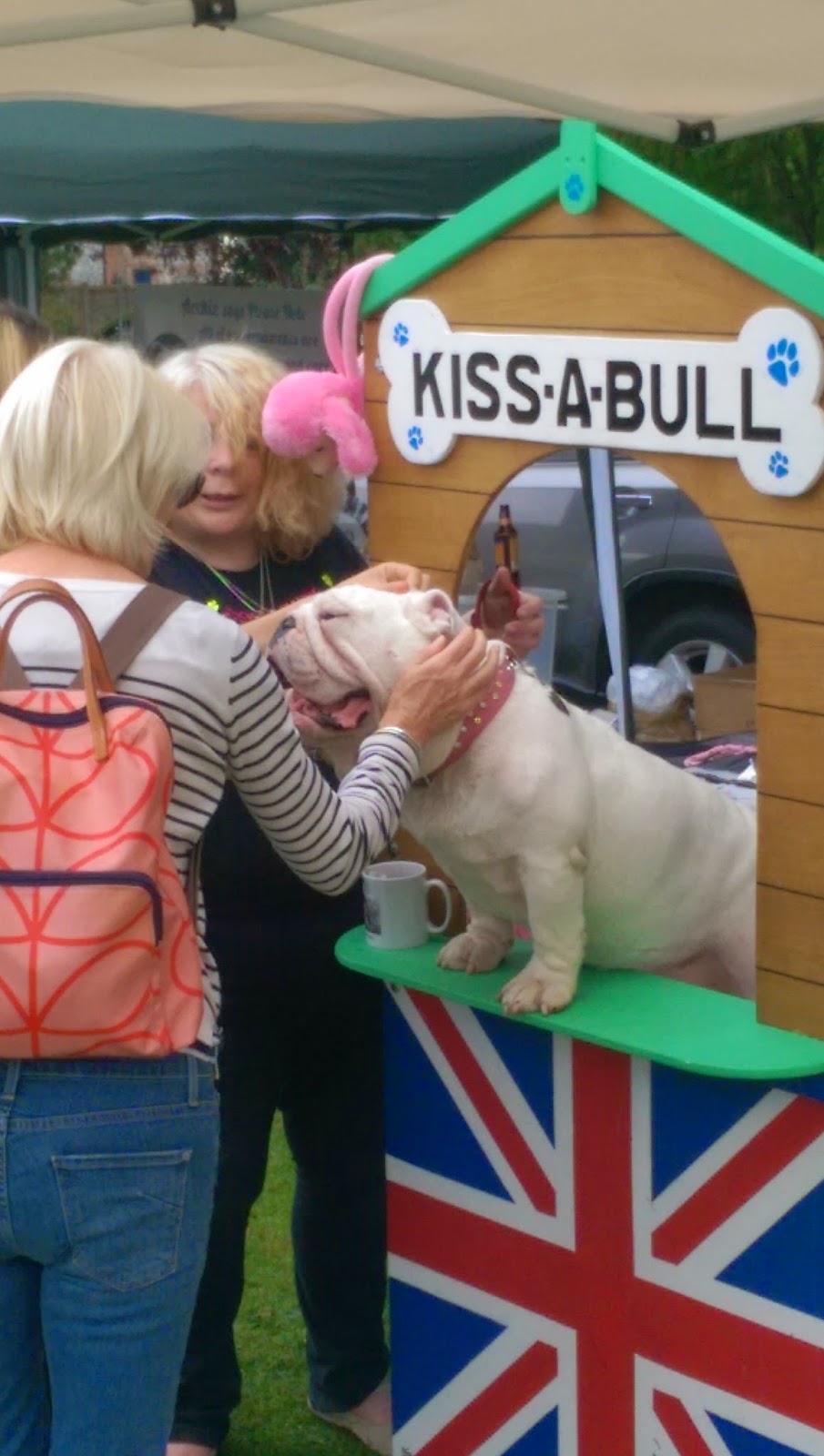Whenever I give my clients homework to do on their dogs after a treatment session, I typically add in some stretches or exercise they can do with their dog. It doesn’t have to be vigorous or expensive (see my previous post on how much fun you can have for £1). But is something you can control and means you take part in the healing process as well as helping you bond with your dog.
We were invited along to a book launch last week and interviewed about what we do and why. One of the questions I was asked was whether physical exercise is the only thing necessary in bringing up a dog. I recounted one the things Chris and I had to learn to get our two through the Good Citizen Dog Scheme Award for the Kennel Club when they were puppies when asked a similar question. We were taught that dogs need a suitable environment (place to live), diet (food and water), behaviour (to be able to be a dog), exercise, companionship and affection with the need to be protected from pain and suffering. We added in mental stimulation too as we had two puppies in lots of need of that.
One of the first games we were taught by Lee Lampert, who taught us how to bring up two bonkers brainy active puppies, was a simple game called “Go Find”. This involved a handkerchief which you had to rub somewhere over your body to pick up your smell. The original handkerchief had a 10p coin sewn in one corner. But we soon progressed (or regressed) to one of the many odd socks that seem to accumulate when I do the laundry. The idea is to get the dogs to sit, get them to sniff the handkerchief / sock and then get them to watch while you run round the house from room to room eventually placing the handkerchief / sock somewhere at eye level for them to find. On the cue of “Go Find” the kids would run like crazy from room to room to find it. They LOVED this game and now, 8 and a half years later, they still sit like demented things with tails wagging and body shivering in excitement when I tell them we are going to play Go Find. The game has increased in complexity as we now have more rooms to hide things in and also includes hiding the sock upstairs or downstairs. This means a single game can last for several minutes.
As well as exhausting me while I run around the house hiding the sock, the dogs get quite knackered simply going round the house sniffing happily trying to find it and outwitting Dad. I told the listeners last week about Go Find and a couple of people came up to me at the end to explain it. And at the seminar we gave this weekend I noticed a lot of people in the audience nodding when I spoke about the importance of mental exercise as well as physical. They clearly have the same sort of bonkers dog.
This week I read of a research study being undertaken at Bristol University which interviewed 4000 pet owners and found that games provided vital stimulation and exercise for most dogs. They found that if dogs don’t get their mental stimulation they often become anxious and even aggressive. They concluded that they can’t say unequivocally that playing less is directly to blame for disobedience but that games certainly do provide intellectual stimulation and exercise.
I was quite saddened that they found in their sample of 4000 only 1 in 5 owners play with their dogs six times a day. Half play two or three times and 10% only once a day. Goodness….Sam and Sarah would go crazy with that.
Mark Evans, former chief vet for the RSPCA, said that dogs are one of the few animals to play into adulthood and believed that ‘There is a clear association in the results. Owners report more potential behaviour problems in dogs that play less.’ He also said that the type of game owners play with their dog is important as you need to find ones they enjoy rather than one that is imposed. Sam and Sarah, for example, would not play a game that involves them wiping their muddy feet before they come in but now love the rubby-down game we have to play with the towel to get mud, sand and rain off them before they come indoors.
Emily Blackwell of Bristol University, who conducted the research, said dogs often enjoy playing so much that they slow down or change strategy to make the fun last longer. She said that they often slow down when playing chase allowing the owner to catch up with them. Our Sam does that. When we place chase, he waits until I am just within reaching distance before galloping off with a big fat grin on his face as though he is saying “Nya, nya nya…..you are too slow Dad” which is probably true. And when they play Go Find, if Sarah finds the sock first she will wait for her brother to catch up so as not to spoil the game.
I now feel vindicated that my mad dashing around the house shouting Go Find all these years has been scientifically proven as being beneficial and not the ravings of a Mad Dad….although Sam and Sarah don’t care about the evidence…they just love to play.
 |
| "Did Dad hide it in the living room Sam?" asks Sarah |



















